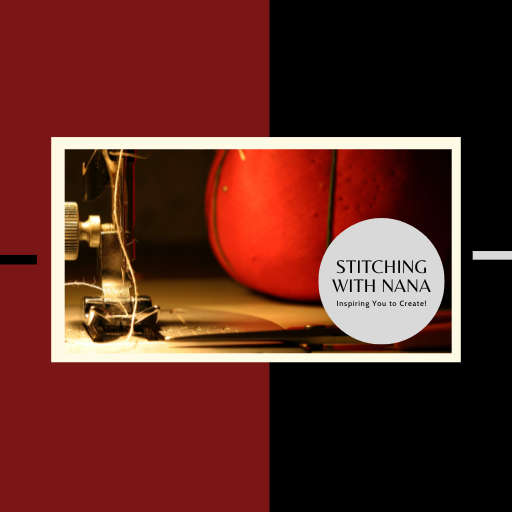Sewing Terminology for Beginners
Diving into the world of sewing opens a whole world of new terms you would not necessarily know until you started your first project.
I thought it would be a good idea and fun to list as many terms as possible for both the beginner and the seasoned crafters.
Here is a list of 50 sewing terminologies that I hope will help you in your stitching journey.
Some of these I had to look up myself because I’d never heard of them, or they were referenced a different way as I was growing up.
- Backstitch – stitches sewn in the opposite direction to the main sewing direction to secure stitching at the start and end.
- Basting (also Tacking) – is where temporary long stitches are used to hold the fabric in place before the final sewing.
- Bias – is the 45-degree angle direction across the weave of the fabric, this allows for stretching.
- Binding is a strip of fabric used to encase the edges of a fabric piece to provide a neat finish.
- Bobbin – A small spool that holds the lower thread in a sewing machine
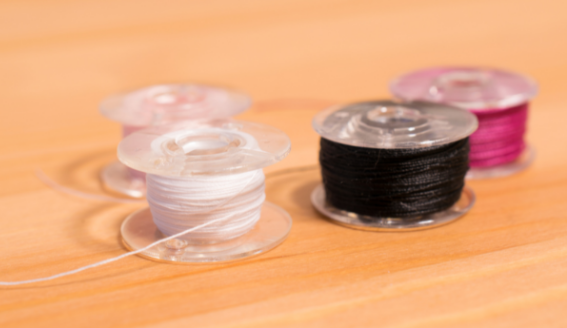
- Dart – a sewn fold that helps to give shape to garments, typically at the bust, back, or waist.
- Edge Stitching – stitching is done very close to the edge of a fabric or seam.
- Facing – fabric pieces that are sewn to the edges of a garment opening to provide a neat finish.
- Gather – a technique used to draw fabric into pleats or folds by pulling on a thread.
- Grainline – the direction of the weave of the fabric. Can be parallel (lengthwise grain) or perpendicular (crosswise grain) to the selvage.
- Hem – the edge of a piece of cloth that has been folded up and sewn to prevent fraying.
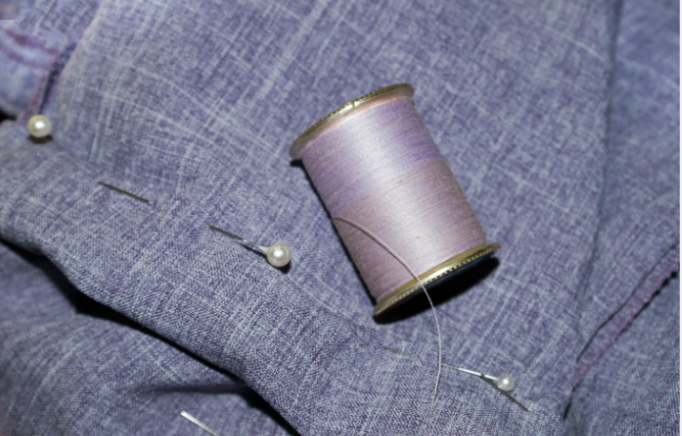
- Interfacing – a fabric used between layers of fabric to provide structure and support.
- Inseam – the seam that binds the inner leg of a garment, particularly pants.
- Lining – a layer of fabric that helps to conceal the construction details of a garment.
- Muslin – a plain-woven cotton fabric used to create a prototype of a garment.
- Notch – a small cut in the edge of a pattern or fabric to ensure pieces are aligned correctly
- Overlock – a type of stitch that sews over the edge of one or two pieces of cloth for edging, hemming, or seaming.
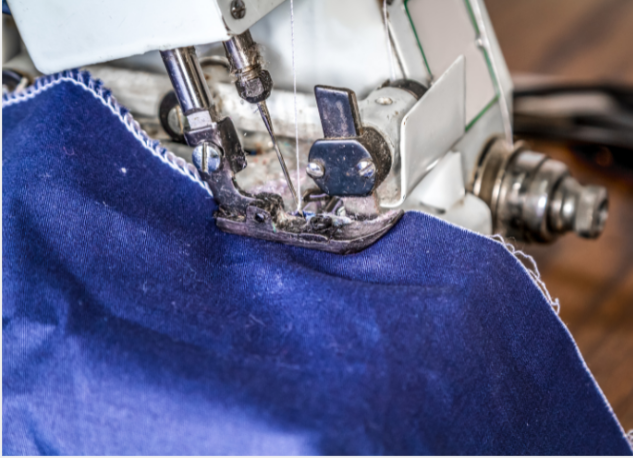
- Piping – a cord covered with fabric, used to decorate seams or edges.
- Placket – a piece of fabric that reinforces an opening in a garment, typically for buttons or zippers.
- Presser Foot – a detachable part of a sewing machine that holds the fabric down onto the part that feeds it under the needle.

- Raw Edge – the unfinished, cut edge of the fabric that can fray.
- Right Side – the front or main side of the fabric that will be visible in the finished piece.
- Ruching – a gathered overlay of fabric strips that creates a decorative effect.
- Seam – the line where two pieces of fabric are sewn together.
- Seam Allowance – the area between the fabric edge and the line of stitches.
- Selvedge – the tightly woven edge of a fabric that prevents it from unraveling.
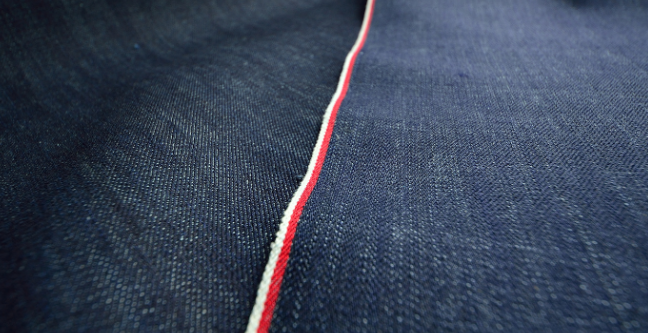
- Serging – a method of finishing a seam using an overlock stitch to prevent fraying.
- Shirring – multiple rows of gathers that are used to decorate parts of a garment.
- Stay Stitching – a line of stitching just inside the seam line to prevent stretching.
- Stitch Length – the length of an individual stitch, which can be adjusted on a sewing machine.
- Tension – the tightness of the thread when sewing, which can be adjusted on a sewing machine to prevent puckering or loose stitches.
- Topstitching – a row of stitching visible from the outside of the garment, often used for decorative purposes.

- Understitching – stitching that is done close to the edge of a facing or seam to help it lay flat.
- Walking Foot – a sewing machine foot that evenly feeds layers of fabric through the machine.
- Yoke – a fitted band, often found on the shoulder or waist area, to which the rest of the garment is attached.
- Zigzag Stitch – a stitch that goes back and forth in a zigzag pattern, used for stretch fabrics or edging.
- Batting – a layer of insulation used in quilting between the top layer of fabric and the backing.
- Clip – to make small cuts in the seam allowance, around curves, to help the fabric lay flat.
- Drape – how a fabric hangs when it is used in clothing.
- Feed Dogs – the teeth under the presser foot of a sewing machine that move the fabric through the machine.
- French Seam – a seam that encloses the seam allowance on the inside of a garment for a neat finish.
- Gusset – a piece of fabric inserted into a garment to allow for more room and ease of movement.
- Nap – the direction of the texture or pile of a fabric that needs to be considered when laying out a pattern.
Pattern – a template from which the parts of a garment are traced onto fabric before cutting and assembling.
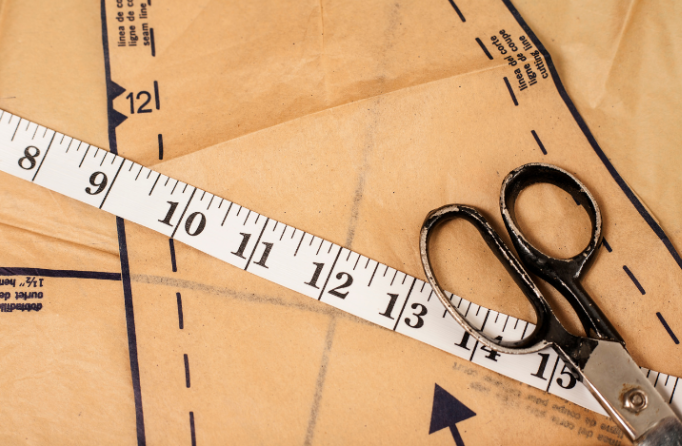
- Quilting – the process of sewing together two layers of fabric with a layer of batting in between.
- Ruffle – a strip of fabric that is gathered or pleated on one edge, then attached to a garment as a form of decoration.
- Sleeve Set – the process of inserting sleeves into the armholes of a garment.
- Tailor’s Chalk – a chalk used for making temporary markings on fabric.
- Width of Fabric (WOF) – the measurement of fabric from selvedge edge to the opposite selvage edge.
These terms cover a broad spectrum of sewing essentials, from basic techniques to more advanced concepts, providing a solid foundation for anyone keen to explore or deepen their understanding of sewing.
